A look at exactly why Apex Legends had such a strong launch, and why it was able to gather up two and a half million players in one day.
Apex Legends. This time last week the majority of us didn’t even know it existed. Now it seems to dominate headlines, hot takes, and player’s time. The surprise Battle Royale game, set in the Titanfall universe and developed by Respawn, has grabbed the games industry by the collar this week, and now it refuses to let go. The surprise hit rapidly reached the million player mark on its first day, growing to two and a half million within that first twenty-four hours. That included a peak concurrent player count of six hundred thousand, so the people who were checking it out also stayed playing. Within 72 hours, the game hit ten million players. That kind of groundswell in the first few days, for an unknown game, is not common.
5 Things Apex Legends Got Right At Launch
Let’s have a look at why Apex Legends was able to claw itself such a large audience, in such little time.
1: Nobody Knew About It
This sounds counter-intuitive, but sometimes the best marketing is almost no marketing at all. The first most of us heard about Apex Legends was a rumor, about a day before the game was announced. This didn’t give people enough time to decide that they wouldn’t like the game. What many people don’t appreciate about the act of selling people things is that two simple truths define the months that run up to launch. Consumers will try and talk themselves out of buying the game, and publishers need to try and convince them to stay engaged. With Titanfall being a series that has sold pretty well but could not keep people engaged, someone decided to go for the element of surprise. Here is a Triple-A Battle Royale, based on a known franchise, that you can play for free, and download tomorrow.
People didn’t have time to get onto various forms of social media and dissect all the ways they felt the game might be bad, or why it would fail. They had a straightforward choice, give the game a try and decide for themselves. While you can argue it was a risky move, it also showed confidence in the product. Instead of jumping to the conclusion they wouldn’t like it, the idea of trying it out just became a pleasant surprise instead. You were not being subjected to months of potentially off-putting marketing, and PR blurbs, you just got to play it with your friends. More importantly, it put the average gamer on the same footing as journalists and streamers; we were all learning about this new game together.
2: Respawn Understood That A Good Game Isn’t Enough
As good as Apex Legends can be, great games slip away into obscurity all the time. As such, EA and Respawn went for a very aggressive marketing strategy once the game launched. Leaks and teases were used to get people talking, followed by an official stream that unveiled the game to the world under controlled circumstances. Once launched, “Apex Legends partners” were streaming the game, quickly getting it to the front page of Twitch and in front of millions of gamers. It has ruled the number one spot on Twitch ever since.
Shortly after that, a Twitch tournament was announced, featuring some of Twitch’s heaviest hitting streamers, and a $200,000 prize pool. This ensured that these streamers would stay streaming the game, practicing hard to try and get their share of the loot. It also engaged those streamer’s audiences, as people became invested in the idea of their favorite online entertainer racking up the win. The game went from not existing in the minds of gamers to being tournament viable in the space of about 48 hours. The constant cycle of leaks, teases, announcements, streams, and then tournament news meant that the game didn’t just generate a few headlines and then sink away into silence. This continuous presence in gaming media helped to continually remind people that the game existed and that they should try it out. The hype was happening, so you might as well join in.
3: It’s Not Titanfall
My favorite part of Titanfall has always been piloting the massive Titans. This isn’t Titanfall though. While it is set in the same universe, this is not the IMC taking on rebel factions. This is a sport. A cruel sport yes, but a sport nonetheless. The characters you play as are celebrities, their attempts to survive are entertainment within the world they inhabit. They are not Titan pilots. This allowed Respawn to remove Titans and wall-running. The simple truth is that developing large maps for both Titans and pilots would have been hugely difficult. It can work on small maps, but the need to balance every square inch of a map for every possible combination of engagement would have been grueling.
Titans would also have had a severe chilling effect on the flow of the game. The first people to get a Titan would instantly create a no go area, pushing people into other areas of the map. Pressuring movement in a Battle Royale game is up to the ever decreasing circle, not monstrous killing machines stomping around. It would have run counter to the flow of action that people expect from a Battle Royale. While Apex Legends has done new things for the genre, it still needed to appeal to the people who are currently engaged WITH the genre. Something had to be familiar, so dropping the Titans removed a lot of development headaches, and kept the main thing that gamers who like the genre want, which is the chance to engage in a fair fight, with high stakes, and see who is the better player. It also makes the gameplay unique for the universe it is set in and does not potentially undercut interest in the gameplay loop that a potential Titanfall 3 could provide.
4: It Does Just Enough Things Differently To Standout
The two current kings of the Battle Royale genre, PUBG and Fortnite, both have their own hooks. In PUBG it boils down to an almost tense realism. From the character design to the world you play in, to the weapons you use, there is an attempt at realism that appeals to the people who play games like CS: GO, ARMA, and Day Z. With Fortnite, the cartoon vibe and the frantic building appeals to a completely different subset of people. To give people a reason to play, Apex Legends had to offer something new.
I am convinced that the core feature it offers over other games like this is the ability to bring dead teammates back into the game. If you win a fight but lose a squad member or two, you can head to a revive station and get them back into the game. It allows you to effectively reset after each fight, bringing your squad back to full strength. In other games, when a squad mate is gone, they are gone for good.
This fosters a willingness for players to work together, even if they are playing with two random people. The game also attempts to present itself as a relevant event within the world it resides. These people fight for a reason, the dome shrinks for a reason. There is a logic to it all when presented as a sport; it makes it easier to get invested in. While a PUBG round winner might congratulate himself, in Apex Legends, you imagine people all across The Frontier raising their voices to celebrate your win. Does a chicken dinner matter if nobody gets to see you eat it? In Apex Legends there are endless audio cues that remind you that you are playing a team game, presented as a team sport.
It continues to build on the team concept by using heroes instead of just default characters, supporting advanced in-game communication (both of which we will discuss more of later) and fostering tactical decision making before the game even starts. All this adds up to one thing, in that the games give people reasons to talk about why they like it. You don’t want your game to launch and be a new version of the games that already dominate the market, as this gives people very little to talk about if they like it. Saying “It’s like another game I play, but it is new, so I like it right now” isn’t a strong selling point. A quick scan of threads and tweets about the game on launch day showed people talking about exactly why they liked it. They were able to give clear and obvious reasons as to why the game was different, and why they felt it appealed to them. This word of mouth spread and more and more people wanted to check it out.
Not only was the game not being dismissed as an also-ran, but it was also being talked about as something that brought something new to the table, and people were able to describe what those new things were. Tactical gameplay right from the start, support for advanced communications in-game, Heroes and abilities, and very sharp gunplay. Those were the phrases I kept seeing repeated over and over. The lack of coverage in the run-up to release also meant that people felt they had formulated their own opinion, and were not just repeating marketing speak.
5: It Fosters Confidence In Players
The fact that this is a Hero-shooter turned Battle Royale is a massively impactful switch to what most people consider to be the Battle Royale format. This changes, at a fundamental level, the way the game plays. Most Battle Royale games are bound by the fact that your playstyle will almost be random, driven by the types of weapons that you find. With the ability to pick a squad made up of three different Heroes, all with set abilities, you can instead opt into a particular tactic before you even load into the game. This allows people to have a favorite character that they can learn in-depth, adopting a very specific playstyle. Also if it takes you a little while in game to find a weapon you like, you can still have confidence in your ability to play your Hero. You don’t feel like the game is already lost if you run into a group of enemies when all you have is a pistol.
The ability to bring back dead teammates also means that people are more willing to take risks. In other Battle Royale games, when you die, you die. This means you sit there and watch your friends finish the round. Nobody wants to by the guy sitting out the rest of the game, so this can potentially stifle play. In Apex Legends you can go for the clutch play and trust in yourself to have the skill to pull it off. Managing to swing the tide of battle in your favor means that, even if you die, you squad cleans up the leftovers and they can bring you back at a revive station. You also stay invested because how your team does after you die matters to you. You took a significant risk to help out your team; now it is up to them to do their part. This swings potential encounters from being cautious to being more in line with the arcade style shooters the development team is known for, adding a sense of familiarity for those people who may not usually like the genre.
Finally, in-game pings are a game changer. You can communicate with confidence, even without a chat box, or a mic. I played a few hours of Apex Legends, then spent some time in another shooter and instantly found myself feeling frustrated by how little I could communicate with my team. While pings have always been a thing in games like MOBAs, they do feel fresh and valuable in a Battle Royale game. Being able to tell people where I am going, what I have seen, and indicate strategy with other players does allow me to move with confidence, knowing my team will not be wondering what I am doing. By offering clear in-game communication in a novel manner, not only does it remove potential frustration for players, but it also leads to further positive word of mouth about the game.
All in all, the great first few days that Apex Legends had boiled down to the various strengths of the game itself, and some brilliant marketing moves by EA and Respawn. This allowed the game to get a fair shot in a market that is already thought to be oversaturated, and stand on its own two feet based on the initial impressions of the people who played it. The result was a stunning level of attention in the first 72 hours, and it is almost certain that the game has outperformed expectations at this moment in time. What remains to be seen is if the game can retain an audience, but only time will tell if Apex Legends can truly take over a large portion of the Battle Royale market.

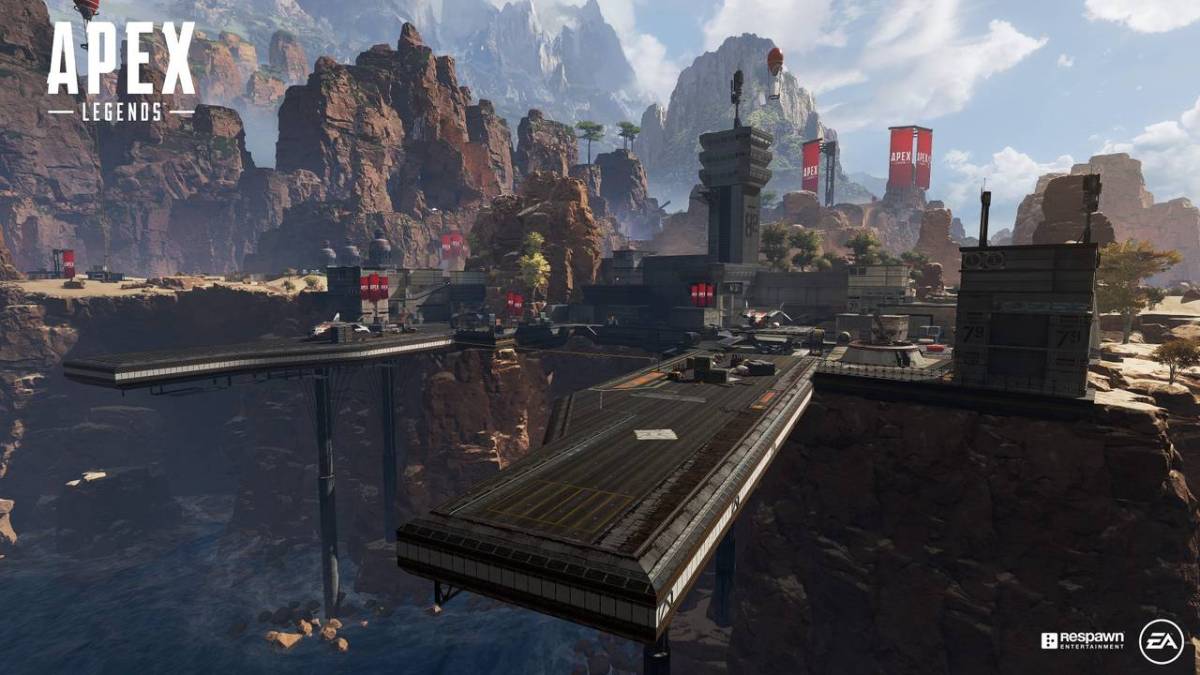
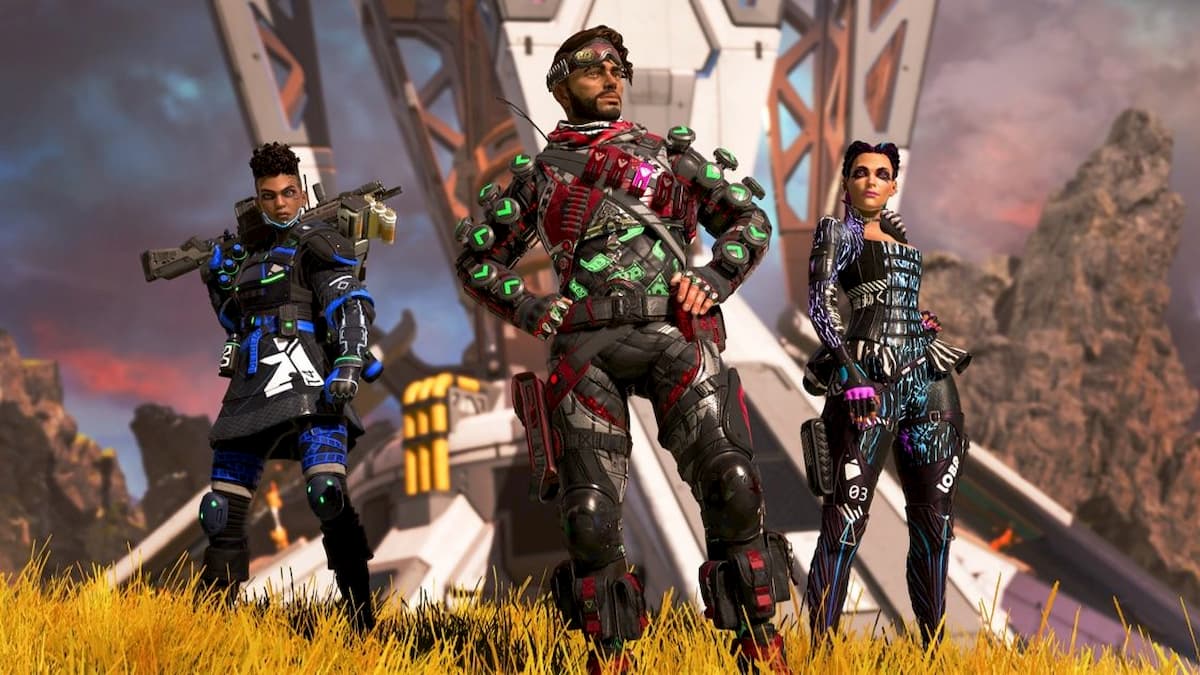
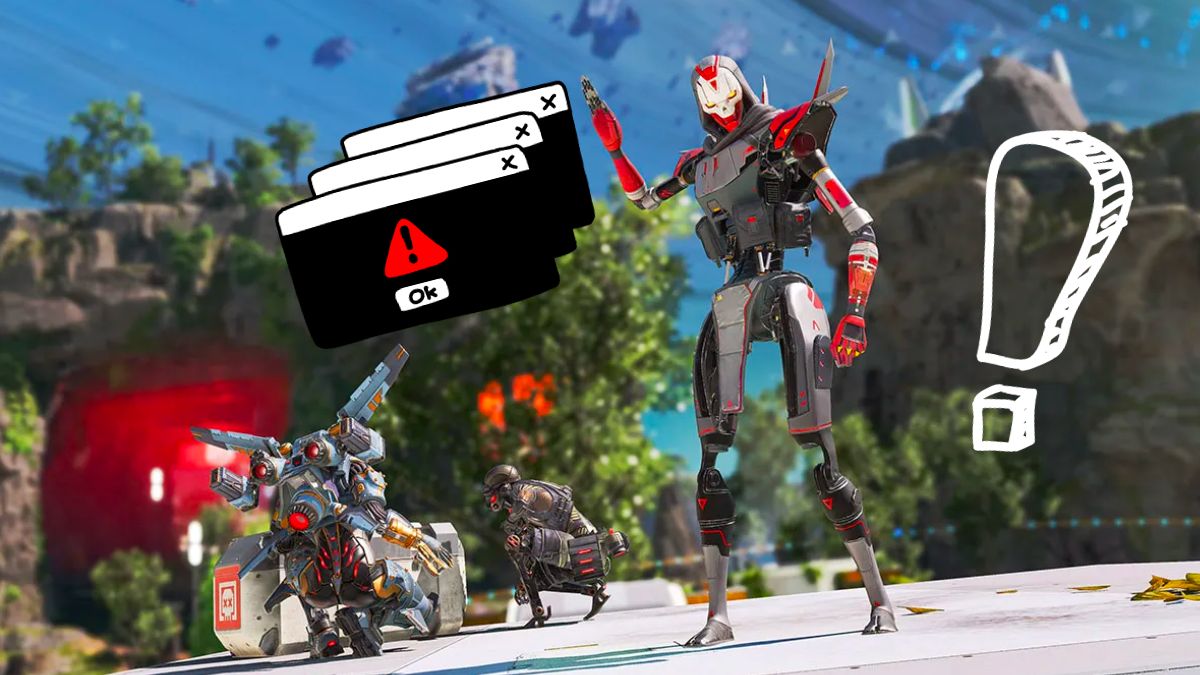
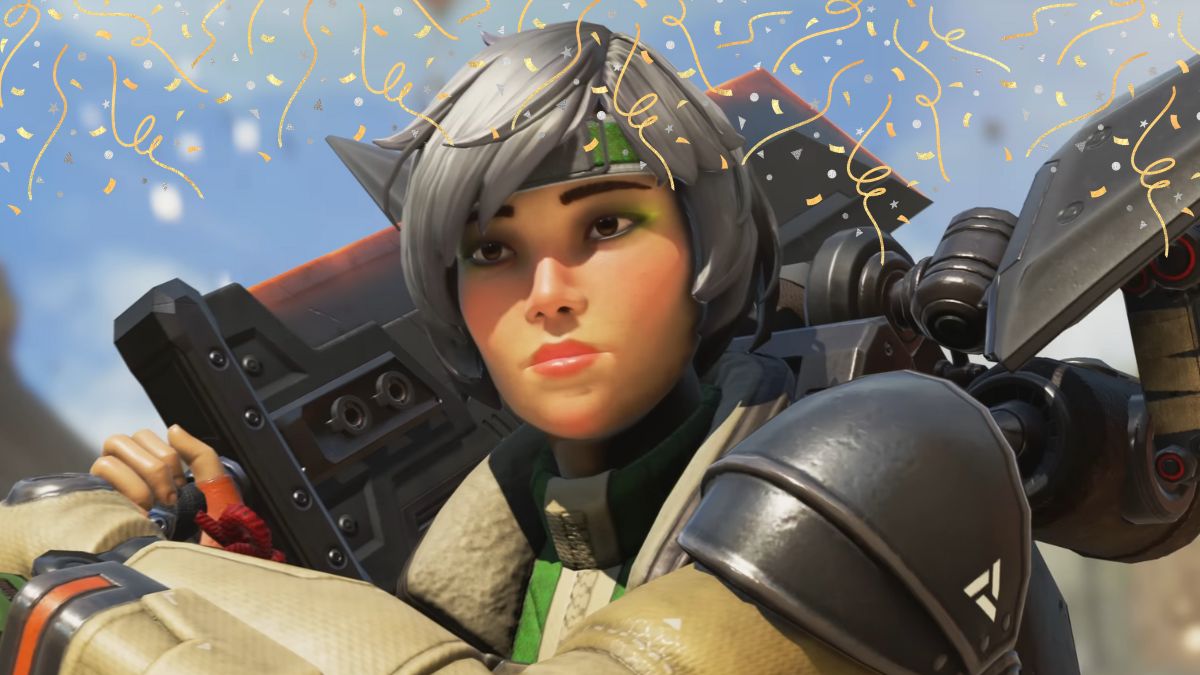
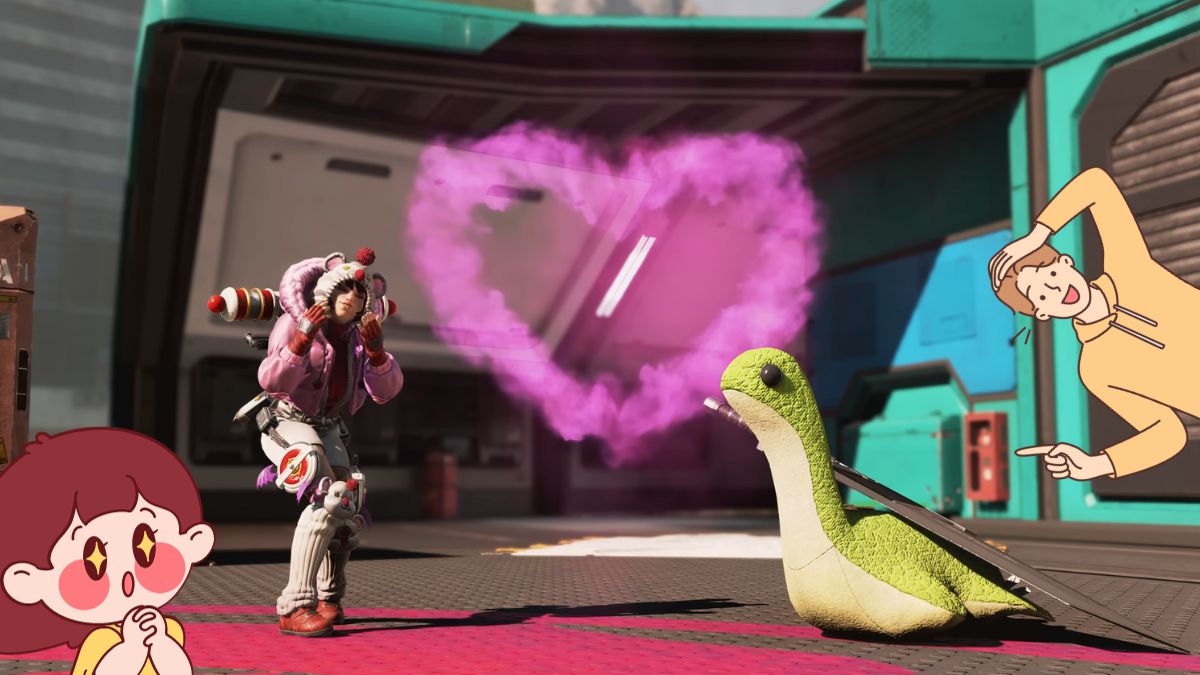

Published: Feb 7, 2019 09:58 pm